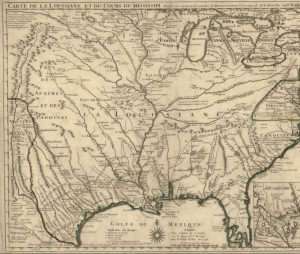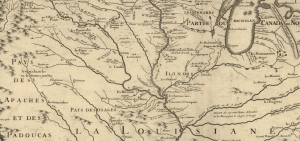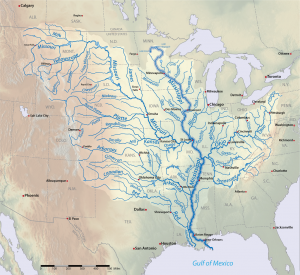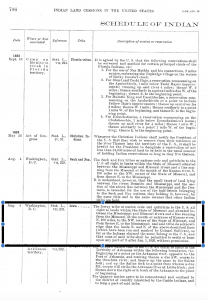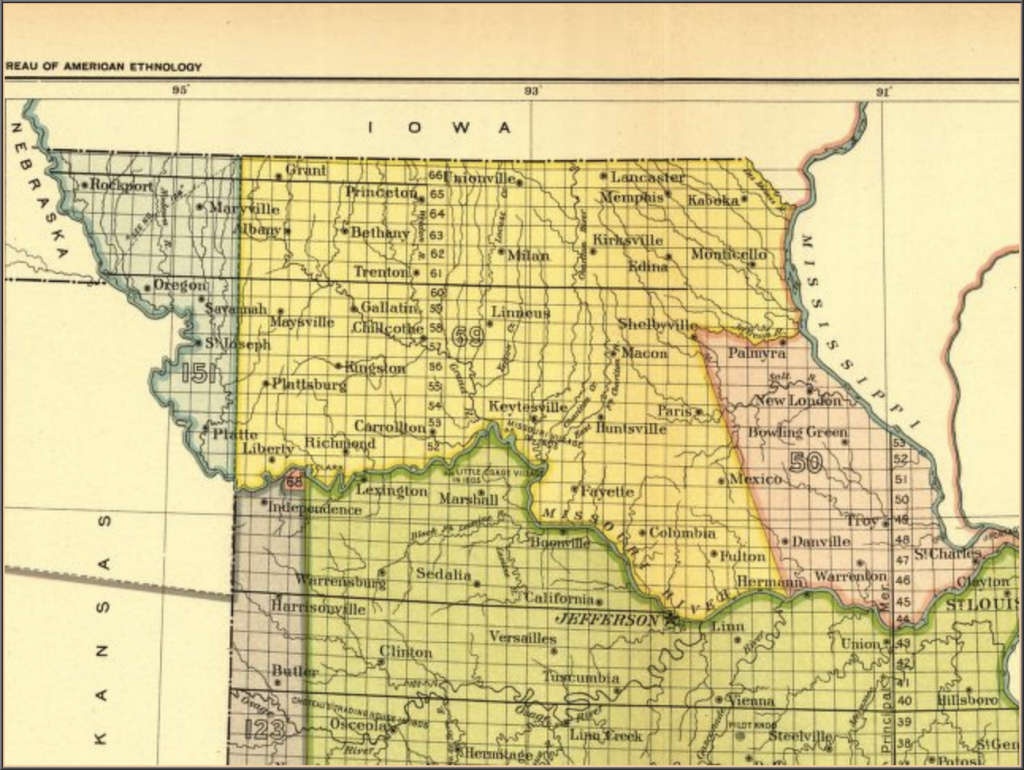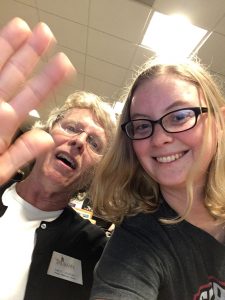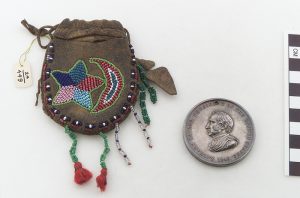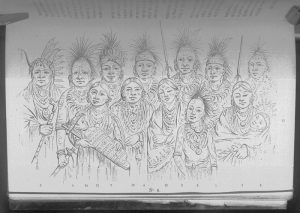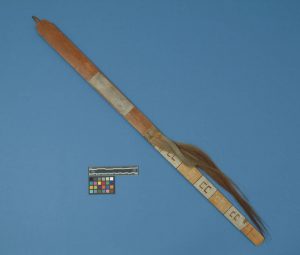This semester has definitely been a learning experience for me, from the content that I learned about our course material to the knowledge necessary for creating a digital site. The semester began with an introduction to the course material, and we were immediately introduced to WordPress, the platform through which we would be creating this website. I found the early introduction to the format to be immensely helpful, but there were some areas that I think could have been made clearer/improved upon. Since the final website was made using pages, and not posts, I would have liked to have been encouraged to make my weekly assignments in post form. I believe that this would have helped me better translate the research that I did into the necessary format for a website. Additionally, we were given access to our personal blogs early on in the semester, but we were not told to start combining our work with our partner until much later. While I understand the need for autonomy when grading each individual, I feel like our project would have benefited from a more closely aligned partnership. If we were instructed to begin formatting content with our partner at the beginning of the course, we would not have had to spend as much time rewording our materials so that there is a consistent format on our website. Overall, I think creating websites is a really good way to distribute the information that we learned during the class, and I was able to learn to use technology with which I previously had no experience.
In terms of the project that I, and my partner completed, I believe that we fulfilled our expectations. We created a project contract that laid out each item we wanted to see on our website, and while one or two items did not make it from the contract into the site, we determined that they did not fit. Once we began creating our pages, we realized that our narrative had changed slightly from the original project contract. I feel like this is the nature or a website project though. It was not until we could see the content on the pages that we really knew whether or not something would work. And even though some individual items from the project contract did not make it on, the major portions were present. We explained the purpose of our site on the homepage and tried to introduce the reader to our location, specifically as a native space, by using a map with the rivers that were important to the Ioway, Missouria, and Otoe tribes. We also introduced the three main tribes from our area as well as places that still have a native presence. Once we had introduced the people who this land was taken from, we explained the extensive process of dispossession that happened to remove the Ioway, Missouria, and Otoe from their lands. Our website explains how this dispossession started with the French and culminated in the early to mid 1800s with the United States government and the many treaties that were signed. Additionally, we wanted to ensure that our readers realized that just because the Ioway, Missouria, and Otoe do not currently live in Missouri, they are making efforts to regain their land and heritage. This was specifically done through emphasizing their current efforts. The Ioway, Missouria, and Otoe’s stories are not over, they are still a presence here in the United States, and hopefully this site will help introduce people from the Kirksville and Northeastern Missouri area to these three tribes.
